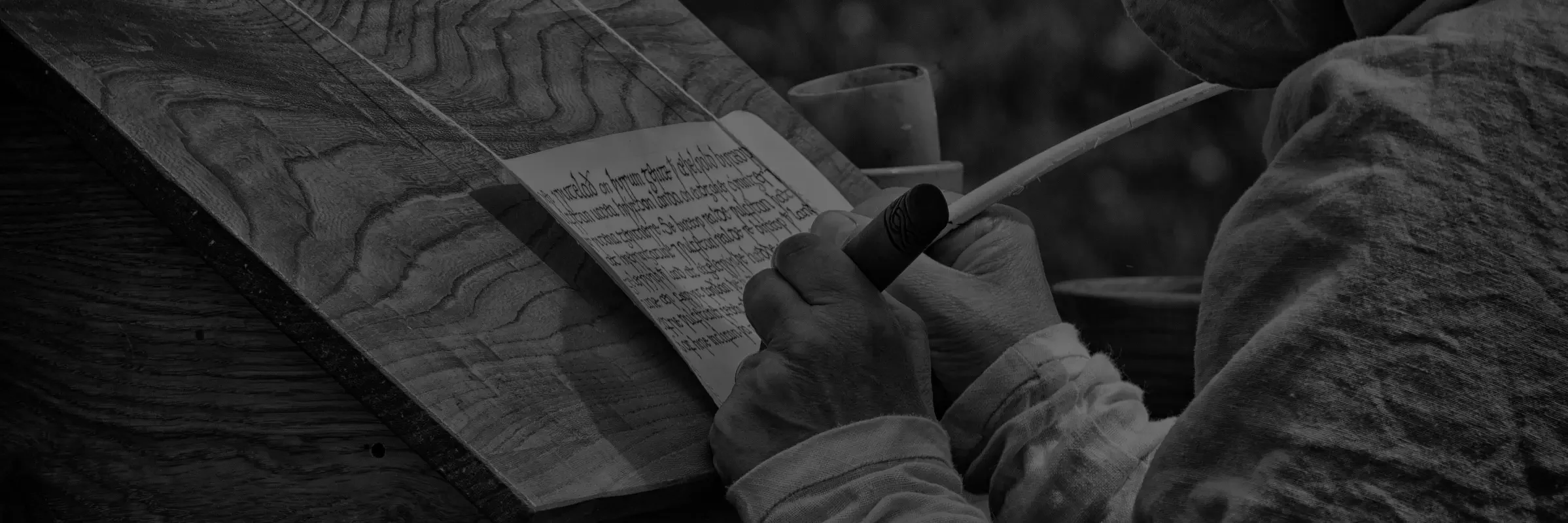Wirral's Hidden History Revealed
Clairdon Hill, Thurso, Caithness
The last recorded battle between two Viking armies in Britain. (A tale from the Orkneyinga saga) In the year of 1138 the last battle between two Viking armies took place a few miles to the east of Thurso in Caithness, on a windswept hill overlooking the Pentland firth. The Orkney Islands can be seen from the hill on the far horizon, and…
Godred Crovan Haroldson – The Norse King of the Isle of Man
Godred Crovan Haroldson – The Norse King of the Isle of Man The Vikings did not just disappear from British and Irish history, they assimilated with the various peoples of Britain and formed unique cultures. This is a short article about one individual who continued in the vein of the first Viking invaders.
The Last Viking Raids on England
The Last Viking Raids on England were much later than most people think. The common conception is that following the defeat of Harold Hardrada at the battle of Stamford Bridge on the 25th of September 1066, is that the Viking threat ceased.
Illdulb Mac Causantin
Illdulb mac Causantin was a son of Constantine II, the Scottish King who had challenged Aethelstan at the battle of Brunanburh in 937 AD.
The Disaster of 839
A brief overview of who the Picts were and their demise as an Independent people.
The Battle of Cath Chluain Tarbh
The Battle of Cath Chluain Tarbh (Clontarf) APRIL 23RD 1014. The breaking of Viking power in Ireland. The battle of Clontarf is remembered in Ireland as the final event that freed the Irish from the foreign domination by the Norse of Dublin.
The Battle of Chester, 613 – 616
Aethelfrith can be considered as the first great King of Northumbria. He was one of the last northern pagan Kings and he was descended from a long line of warrior ancestors. He detested Christian priests and had a reputation of being ruthless with both them and his other enemies.
The Great Northumbrian Raid on Ireland
The Great Northumbrian Raid on Ireland Sub-Roman Britain saw the various peoples of Britain engaged in parochial warfare for centuries. The various Anglo-Saxon peoples, Picts, Scots of Dal Riata and Britons fought each other in an attempt to carve out their own Kingdoms. Alliances were made and broken with regularity as the powerful subdued the weak and an endless circle of violence…
The Battle of Hatfield
The Battle of Hatfield Penda of mercia, the last anglo-saxon pagan king and Cadwallon Ap Cadfan of Gwynedd meet Edwin of Northumbria at Haethfelth under the shadow of Sherwood Forest.
Somerled, Lord of the Isles
Somerled, Lord of the Isles Somerled, Lord of the Isles – The Gaelic-Norseman who broke the power of the vikings in western Scotland and the Western Isles History is often confusing and hard to follow. Such is the case pertaining to Somerled, known as Sumarlidhi Hold in the Gaelic tongue.
Nova Anglia
Nova Anglia As with many of the myths, legends, conflicting documentary evidence and disagreement between modern day historians and archaeologists pertaining to Anglo Saxon refugees fleeing England following the Norman conquest, the truth cannot be confirmed with any absolute certainty, but equally, therefore, cannot be dismissed or disproved.
The Battles of Maes Garmon
The Romano British defeat a force of Saxons & Picts 429 – 430 AD. In the confusion that followed the end of Roman Britain it is often difficult to establish fact from fiction. The records of the period, those that survive, are often difficult to verify and many of the sources are both contradictory and were not written by contemporary authors who…
The Battles Of Alfred The Great
The Great Heathen Viking army (mycel hæþen here) arrived in England in 865. This time the Vikings or Danes intended to stay and they were intent of carving out their own Kingdom.
Anglo Saxon Tribes & Clans
When the Germanic Anglo-Saxon tribes began to settle in what we now call England, they were a group of different peoples, namely Saxon, Angles and Jutes, who would in time be referred to as Anglo-Saxons. The tribal Hidage, a document or list, which was written between the 7th and 9th centuries, named 34 tribes.
The Saxon Seige Of Anderitum
By 490 AD, it had been 80 years since the Roman army had departed from the Province of Britannia. The Western Empire had officially dissolved some 15 years previously, when the Senate had sent the Imperial Regalia of Rome to the Eastern Emperor in Constantinople.

